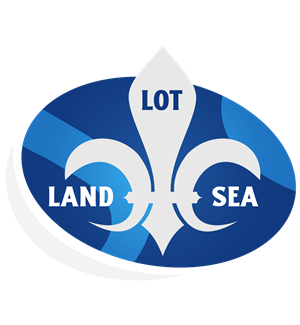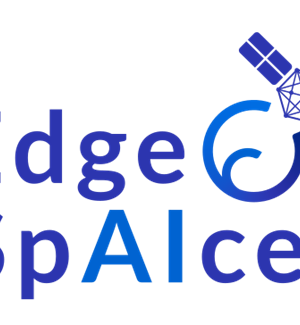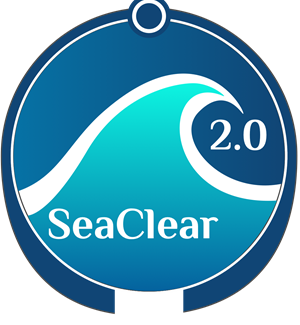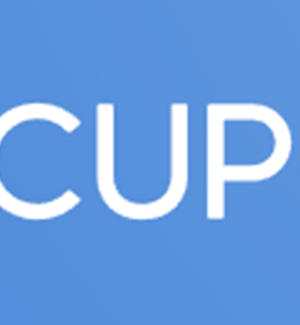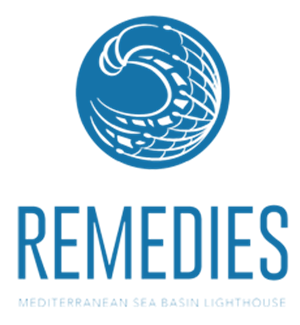- FEE Latvia,
- Estonian Institute For Sustainable Development/Stockholm Environment Institute Tallinn Centre,
- Finnish Environment Institute,
- Turun kaupunki,
- IVL Svenska Miljöinstitutet,
Marine litter (ML) knows no boundaries and can end up far from its original source. The impacts of ML are environmental, economic and social. In the Central Baltic (CB) ML constitutes of plastic (60%) and packaging material is the dominating fraction (MARLIN 2013). Land-based sources count for 80% of the ML and urban areas are important sources and rivers major pathways feeding the sea with litter. Marine plastic litter may absorb environmental toxins that further accumulate in food webs, and can also leach commercially used harmful additives to the environment. The objective of Blastic is to demonstrate how plastic waste in urban areas finds its ways to the Baltic Sea and becomes marine litter. Blastic will contribute to CB objectives and the result indicator to reduce plastic waste and thereby hazardous substances inflow into the BS from land-based sources. The main outputs of the project will be 1) A new methodology/approach for mapping ML sources and pathways in combination with new field monitoring methods that has potential for being used in other regions and countries. 2) A list of identified and prioritized measures to reduce litter streams from land to sea. 3) Knowledge bank and increased awareness on the environmental (plastic, micro plastics and hazardous substances) and socioeconomic impacts of ML. Local authorities are main stakeholders and citizens and visitors of the CB area the main beneficiaries. The new approach is to take regional and national strategies (Marine Strategy Framework Directive; HELCOM Marine Litter Action Plan) into practice on a local level. Coastal cities have common challenges to reduce litter and the most effective actions will be to target sources on land on a local level. Real data on sources and pathways from 3-4 urban areas across the sea will together present a comprehensive and concrete action list for the whole CB area. Thus Blastic will contribute to a sustainable use of our common resource – the Baltic Sea.
Want to analyze based on this project via our analysis tool? Analyze this project

